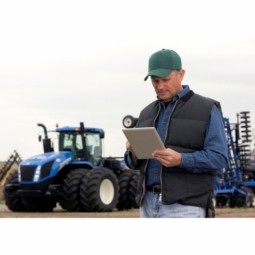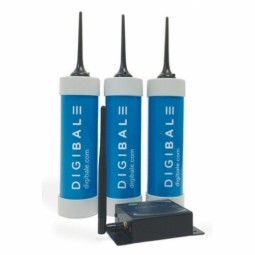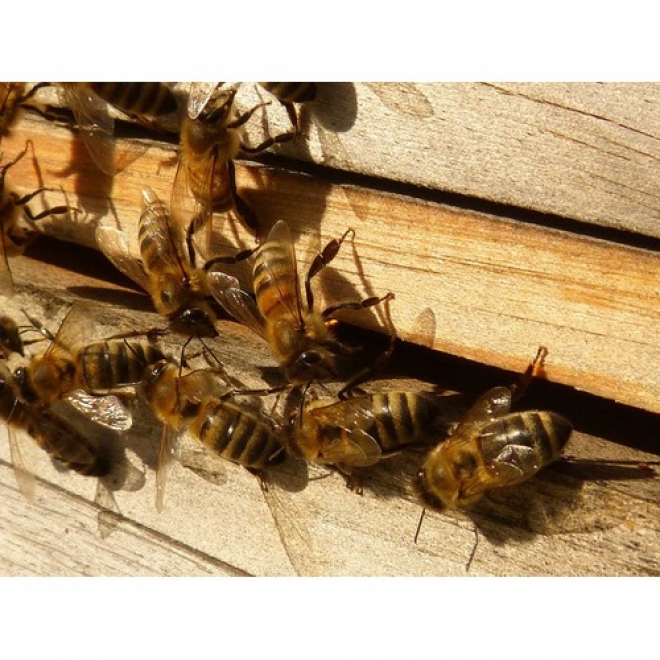Overview
 |
Farm Monitoring & Precision Farming |
Applicable Industries
Applicable Functions
Case Studies
Market Size
|
The precision farming market was valued at USD 4.42 billion in 2017 and is projected to reach USD 9.53 billion by 2023, at a CAGR of 13.38% during the forecast period. Source: Markets and Markets |
Business Viewpoint
|
AgTech Companies: AgTech companies develop and provide farm monitoring and precision farming solutions, including hardware devices, software platforms, and data analytics services. These companies offer a range of products and services tailored to different farming operations, crop types, and environmental conditions, helping farmers make data-driven decisions to increase productivity and profitability. Farm Equipment Manufacturers: Farm equipment manufacturers integrate farm monitoring and precision farming technologies into their machinery and equipment, such as tractors, harvesters, and irrigation systems. They offer advanced features such as GPS guidance, automated steering, and variable rate application to optimize field operations and reduce input costs for farmers. |
Stakeholder Viewpoint
|
Farmers: Farmers view farm monitoring and precision farming technologies as valuable tools for increasing crop yields, reducing input costs, and mitigating environmental impacts. They rely on real-time data insights, satellite imagery, and weather forecasts to optimize planting, irrigation, fertilization, and pest management practices, maximizing farm profitability and sustainability. Agronomists and Agricultural Researchers: Agronomists and agricultural researchers see farm monitoring and precision farming as innovative solutions for advancing agronomic knowledge, improving crop management practices, and addressing global food security challenges. They conduct field trials, experiments, and data analysis to evaluate the effectiveness of precision farming technologies and develop best practices for adoption by farmers. |
Technology Viewpoint
|
What technologies are integrated on Precision Farming? GPS and GIS technologies into daily farm work. But also crop sensors, aerial and/or satellite imagery.
|
Data Viewpoint
|
Field-Level Data Collection: Farm monitoring and precision farming systems collect field-level data from various sources, including soil sensors, weather stations, satellite imagery, and drone surveys. This data includes soil moisture levels, nutrient concentrations, temperature, humidity, rainfall, crop health indices, and pest populations, enabling farmers to monitor field conditions and make informed decisions. Historical Data Analysis: Farm monitoring and precision farming systems analyze historical data to identify trends, patterns, and correlations between different variables, such as crop yields, input applications, and environmental factors. This analysis helps farmers understand long-term trends, predict future outcomes, and optimize farming practices for maximum efficiency and sustainability. |
Deployment Challenges
|
Hardware Installation: Deployment includes the installation of sensors, weather stations, GPS receivers, and other hardware devices across farm fields to collect real-time data on soil and crop conditions. Hardware installation may require calibration, setup, and maintenance to ensure accurate and reliable data collection throughout the growing season. Software Integration: Deployment involves integrating farm monitoring and precision farming software with existing farm management systems, GIS platforms, and data analytics tools. Software integration enables seamless data exchange, visualization, and analysis of farm data, empowering farmers to make data-driven decisions and optimize farming operations.
|





